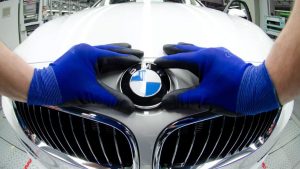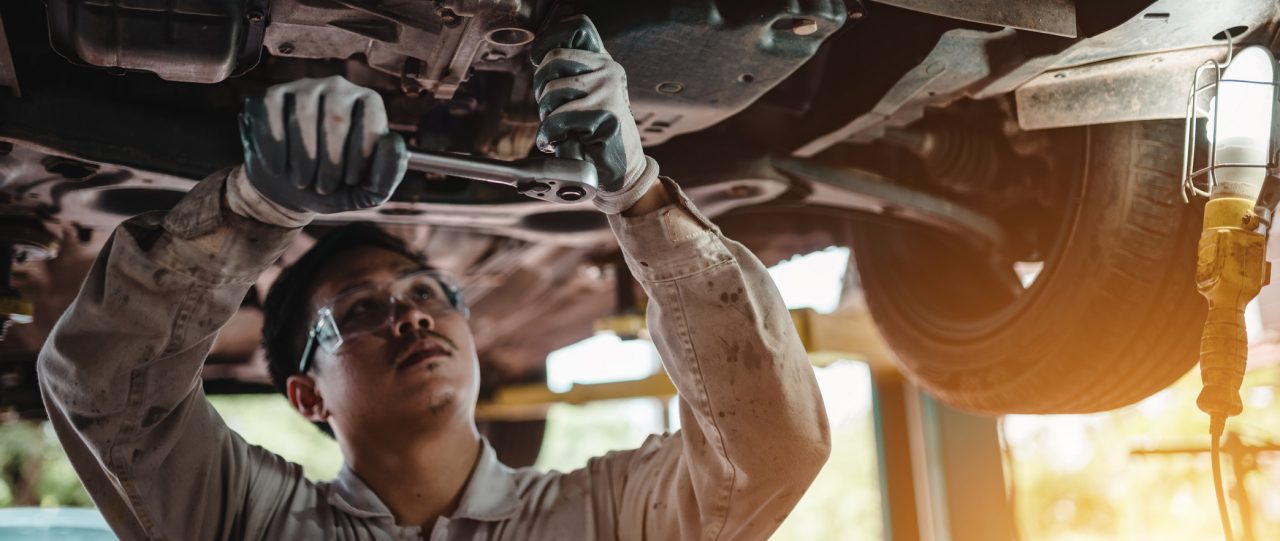The key difference between these two systems is the location of the fuel injectors (duh!).
In port-injected engines, the fuel is delivered into the intake manifold, very close to the intake port and the valves. The injected fuel mist washes over the intake valves as it enters the combustion chamber. The injectors fire only once per combustion cycle.
In GDI engines, the injectors deliver fuel directly into the combustion chamber. This allows for new lean burn injection strategies, which I will explain in a moment.
Here’s a summary of other important differences between GDI and PFI engines:
GDI engines have two fuel pumps and injection pressure up to 200 bar (2,900 psi). PFI engines need only around 4 bar (70 psi). That’s why a single electric fuel pump is enough.
The air-fuel mixture is prepared mostly outside of the cylinders in PFI engines. In GDI engines, the air-fuel mixture is prepared fully inside the cylinders.
The fuel droplets in the injected fuel spray need to 5-10 times smaller in GDI engines in order for the fuel to mix with the air in a much shorter period of time.
GDI engines require much finer injection control (fast injectors, more powerful ECU, correct spray pattern) due to a significantly tighter time window to deliver fuel and more sophisticated injection strategies.
PFI engines operate at close to stoichiometric air/fuel ratios (14.7:1), while GDI engines can run on a very lean A/F mixture (up to 50:1) in some modes of operation.
GDI injectors are exposed to the combustion process. It is a new engineering problem to solve. Otherwise, the injector lifespan will suffer. At high pressures that GDI engines operate at, low fuel lubricity is also an issue.
Moving the injector to the combustion chamber means that the intake valve cleaning effect has been lost, which makes GDI engines susceptible to carbon build-up on the intake valves.




